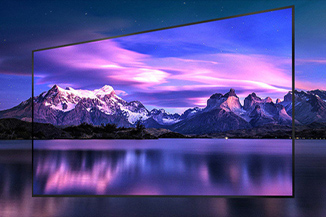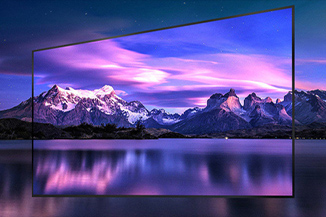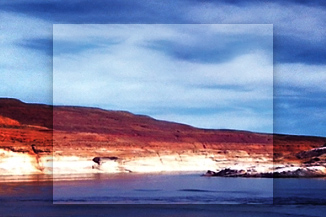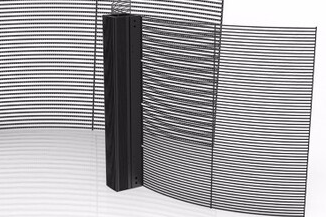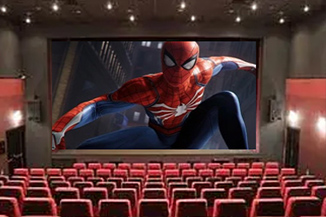Publisher: Supplier of LED Display Time: 2022-12-29 18:21 Views: 1215
Large-screen splicing has always been one of the hottest technologies and topics, and the following four types of large-screen splicing are the most representative. Today, LCF sent the editor to let everyone take a look at their advantages and disadvantages?
The mainstream display products on the market include LED display, LCD liquid crystal display, etc., which represent the latest technology. Among them, the application of large-screen splicing technology is undoubtedly one of the hottest topics. The following four types of large-screen splicing technologies are the most popular. It is representative, and the editor below Liancheng will make a simple comparison of their advantages and disadvantages, so that everyone can understand.
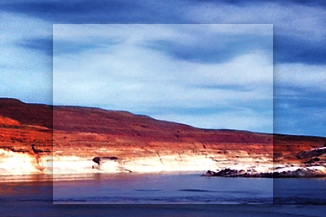
1. LED display splicing
By controlling the display mode of semiconductor light-emitting diodes, text, pictures, animations, videos, and content can be displayed by turning on and off the red, blue, white, and green LED lights.
Focus: bigger, thinner and more stable
Pros: Ultra HD, long lifespan, spherical display, durable, suitable for outdoor applications, and no seams.
Disadvantages: Pixels are sometimes obvious, and the industry's finest LED dot pitch is 1mm, which is not easy to miniaturize.
2. LCD LDP Splicing
The LCD itself does not emit light, it relies on the backlight tube to emit light, so the brightness of the LCD screen depends on the backlight tube.
Focus: taller and thinner
Advantages: high resolution, thin thickness, light weight and long life
Disadvantages: There is a delay problem, and the gap is obvious
3. Projection DLP splicing
Digital light processing, that is to say, this technology must first process the image signal through digital processing, and then project the light.
Focus: bigger and higher
Advantages: seamless splicing, largest display area, support for spherical display
Disadvantages: bulb life problem, must have projection distance
4. Plasma PDP splicing
The ion display is a display device that uses gas discharge to emit light. This screen uses a plasma tube as a light-emitting element.
Focus: Thinner
Advantages: high brightness, short response time
Summary: The advantages and disadvantages of the above four types of large screens are different. Of course, it does not mean that which type of screen is not good. They are suitable for use in their respective fields. Among them, LED display screens are a key product in the field of large screens. They have prospects in outdoor advertising, stage dance and other fields. broad.
The above is a summary of the advantages and disadvantages of the four common large-screen splicing technologies compiled by LCF Xiaobian. I hope it will be helpful to everyone. At the same time, you are welcome to add or correct. LCF is a national-level professional and new "little giant" enterprise, a LED display application and solution provider integrating "hardware + software + content + interaction". The main business covers four major sections: "Smart City", "Cultural Tourism Commercial Performance", "Commercial Display Engineering", and "Content Technology". It has the world's leading automated production equipment, modern post-doctoral research laboratories and comprehensive sales and services. team. Friends who need to buy LED display,pleas contact us. LCF LED display manufacturer, a big country brand, trustworthy!
